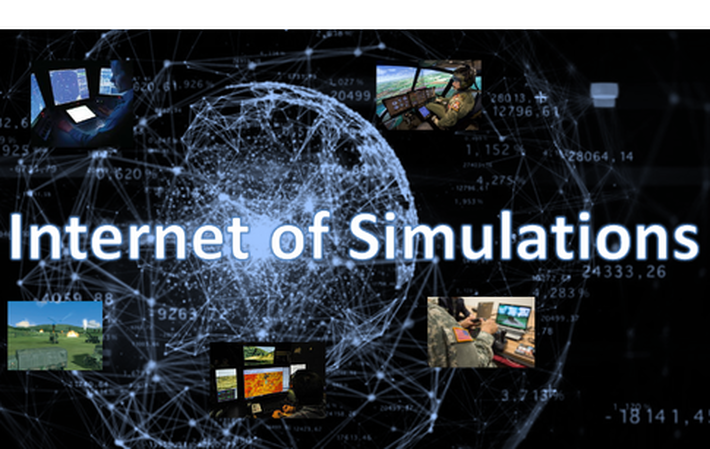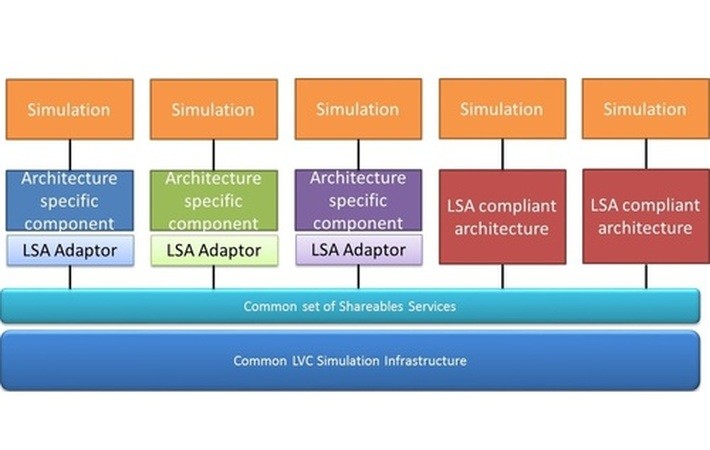
Published on 02/16/2017 | Technology
One of the main challenges to solve before we can evolve real time distributed simulations to the network, fully connected in the Internet of Simulations, it is how to deal with in an effective way with multiple architectures and protocols. Lead users of distributed simulation, the military simulation & training community, has been working to solve this huge challenge for a long time and the main solutions has been mainly focused on the development of complex gateways solutions that connect the individual simulators' architectures. Gateways based solutions are hard to scale and introduce many restrictions in the interoperability, because the flow of information between the simulators is limited to the capabilities of the gateway.
This problem has been already a big one when trying to connect only a few man-in-the-loop (virtual) simulators in a common synthetic environment but it is becoming in a much bigger one now that simulation is also requested to integrate with real and live systems in the network. In this case the potential number of architectures and protocols involved is enormous when you compared with the few protocols and architectures in use in the military sim & training domain. For example, the Internet of the Things is opening new exciting opportunities for the real time simulations, as a type of Cyber Physical System or CPS connected to the IoT compliant systems. (to know more take a look to my former post in this blog).
To solve this challenge, in Simware, we are taking a more holistic approach to this problem and we are founding our technology in our Data-Centric and Layered Simulation Architecture : LSA. LSA is the first distributed simulation architecture designed to meet the specific simulation requirements of IoT systems dealing with multiple architectures and protocols.
LSA will not only allow to expand the applications of real time simulations to the IoT but also will enable new business models for the traditional markets of simulations as flight simulation as it is discussed in this blog.

This article was originally posted on Simware's blog.